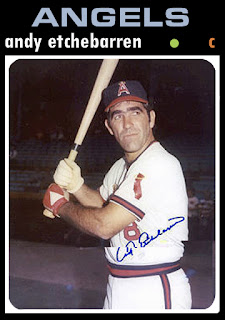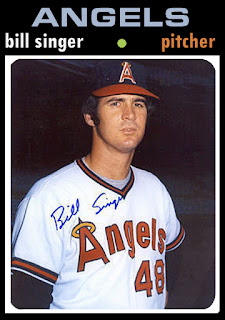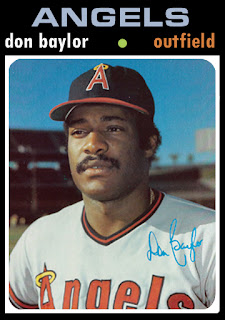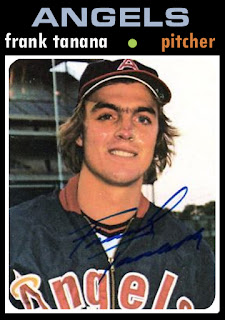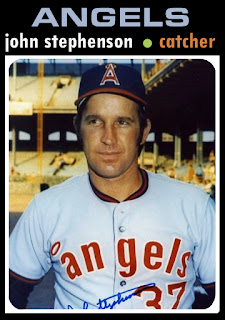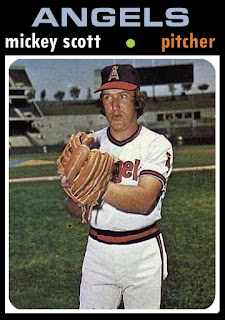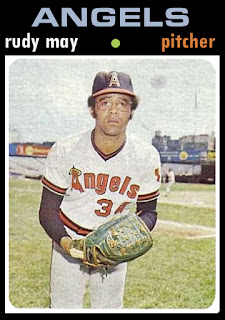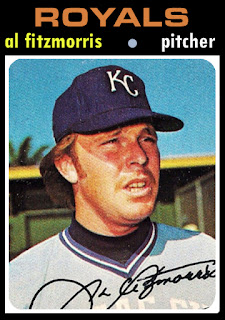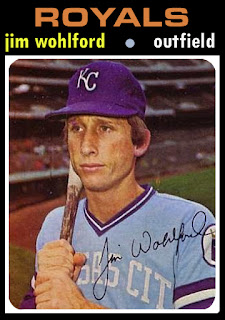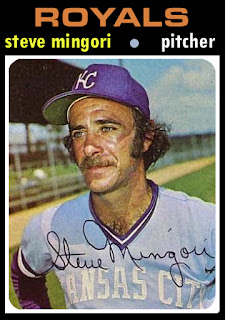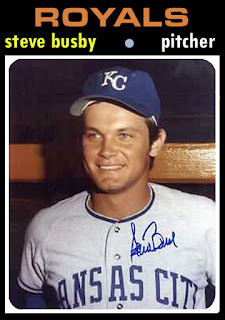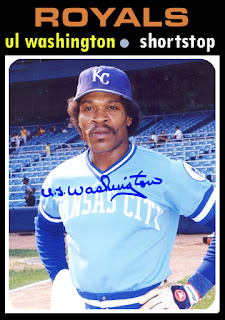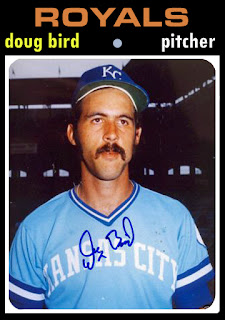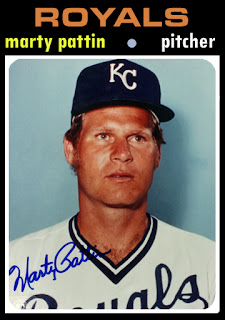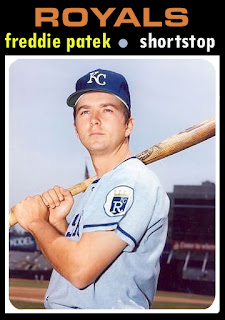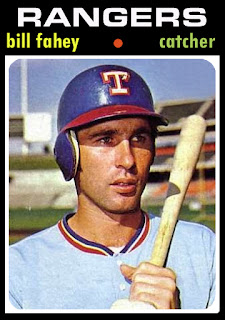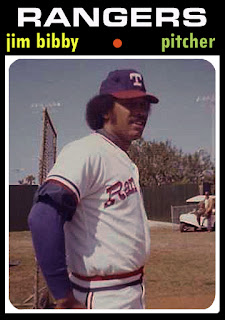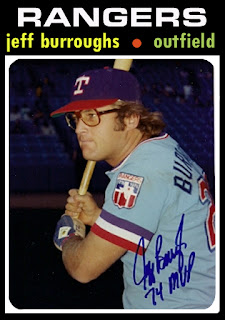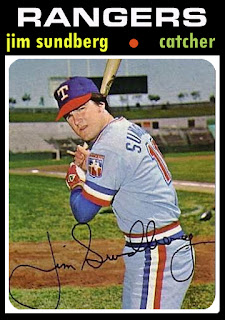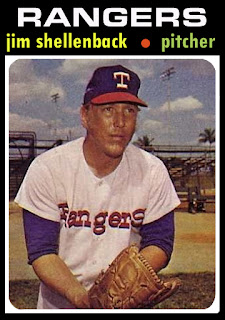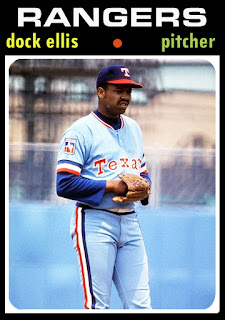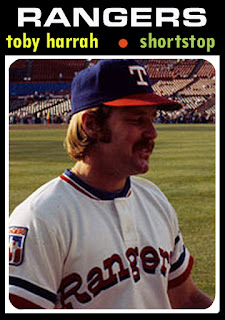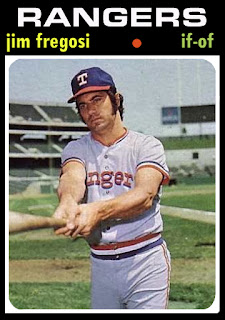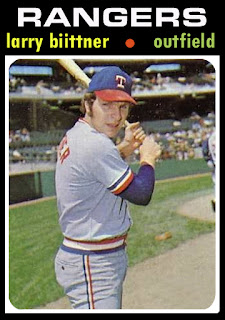The Angels spent the better part of the 1970's in the second division thanks to a meager lineup that sported very little power and not much on the front of OBP. Every 4th day Angel fans were on the edge of their seat anticipating another Nolan Ryan No-Hitter. Typically Ryan needed to be just that perfect or he was in jeopardy of losing the game. By the middle of the decade Frank Tanana arrived and the Angels had themselves one of the best 1-2 punches any rotation could boast. Still the lineup wasn't scaring anyone until free agency arrived in the late 70's and the cowboy began to import talent like Bobby Grich, Rod Carew, Joe Rudi and 1979 AL MVP Don Baylor. That influx of offensive talent led the Halos to their first ever post season appearance, which was also the beginning of a nice run as a contender. With 7 sub .500 finishes, the 1970's can be characterized as the Angels "Lost Decade", where the franchise took a huge step backward when compared with it's burst on to the scene as the model for expansion during the 1960's.
Thursday, May 31, 2012
Tuesday, May 29, 2012
KC and the Sunshine band
The 1970's Royals were a fun bunch to watch, because year by year they got better and better. As an expansion team in 1969 the franchise focused on building with young pitching and young players. In 1970 their evolution took a quantum leap forward when they pilfered Amos Otis from the Mets for the likes of Joe Foy. Otis went on to be an All-Star centerfielder, who drove the Royals to the top, while Foy was nothing more than a .230 hitter with a lot of excess baggage. When the Royals acquired Freddie Patek from the Pirates the team took another step toward contention. By 1976, the franchise's 8th season, the Royals were in first place filling the void that the A's left thanks to their owner decimating the team with one fire sale after another. The Royals were 2 innings away from making the World Series, but instead dropped game 5 of the ALCS to the Yankees on a Chris Chambliss walk off homer off reliever Mark Littell. That LCS would set the tone for the next two seasons as the Royals got better and better, but were always 1 game short of beating the hated Yankees.
The core of this team would stick together for well over a decade and contribute to 7 playoff appearances, 2 AL pennants and one Don Dekkinger aided World Championship in 1985. That core would include the incomparable George Brett, who would become the only player to win a batting tittle in 3 successive decades. Brett could hit line drives and power up when the big moment dictated. The bigger the moment the bigger Brett played. He virtually owned Yankee closer, HOF'er, Goose Gossage. Many folks will remember Brett for the "pine tar" game, but that incident was merely a footnote on a 1st ballot HOF career. Other cast members who were responsible for the success in KC were DH Hal McRae, who was rescued from the bench in Cincy. Willie Wilson, who always seemed to be on 1st base ready to steal second. Nobody can forget UL Washington with his ever present toothpick between his teeth, and of course there was the tragic Darrell Porter, who in 1979 had one of those magical seasons that only 9 other catchers in the history of baseball could better.
KC had a rock solid pitching staff that typically went 5 starters deep. Steve Busby was the franchise's first ace, and the author of 2 no hitters, until his right arm began to fall off. Dennis Leonard and Paul Splittorff were top tier hurlers as was Larry "Yankee Killer" Gura. During the 70's the Royals achilles was their bullpen. It wasn't until 1980, when the late Dan Quisenberry arrived did the franchise elevate to the next level.
Monday, May 28, 2012
Senators become Rangers
The Rangers franchise started out the decade as the floundering Washington Senators. Owner Bob Short made a big publicity splash by bringing Ted Williams in to manage the team in 1969 and the franchise had it's first winning season. Short made some ill advised trades and signing in an attempt to bolster his teams chances, but the team reverted back to it's losing ways. By 1971 everyone and his brother knew that the Senators were not long for this world and that a move somewhere was eminent. Short, who by this point was losing a ton of money, was secretly negotiating to move the franchise to the Dallas/Ft. Worth area. In baseball's inner circle the move to the DFW area was a fait accompli. Short kept is hush-hush in order to bleed every last dime out of the Beltway area. By the time the Senators took the field for the final time against the NY Yankees in 1971 everyone knew the team was gone. Fans brought signs to the ballpark saying, "Short Sucks". Veteran Senator Frank Howard, was cheered endless since the fans knew he was taking his final at bats in front of them. As the game wore on the fans became even more rowdy. Before the final out could be registered the fans stormed the field hoping to get whatever memento they could grab. The umpires and the Yankees (who were losing) left the field and the final game in the history of the Expansion Washington Senators was officially recorded as a forefit.
For the 1972 season the newly christened Texas Rangers took the field with little fanfare. Nobody expected much from the Rangers, and the team didn't disappoint as it lost 100 games. In 1973 it got even worse as the franchise dropped 105 games. Have no fear...Billy Martin was hired to rescue the team and sell some tickets. What the franchise got was a 27 win turnaround and a second place finish. The lowly Ranger finished 84-76 with basically the same talent that they had the year before. Martin, who majored in turning around franchises and then wearing out his welcome, performed both acts to perfection. Within a year he was gone and the franchise sunk below .500. During Martin's tenure the Rangers got their first true superstar in 1974 MVP Jeff Burroughs. 1977 saw the Rangers have their 2nd turnaround of the decade. The season started out with a bang, when Lenny Randle sucker punched manager Frank Lucchesi, which got the former dealt to the Mets and the latter a broken jaw. With the team mired in mediocrity at 31-31 Lucchessi was hit with an even harder blow when he was fired by ownership and replaced by 2 interim managers before Billy Hunter was given the team. Hunter took the team on an incredible ride winning 60 of the final 93 games to finish 94-68 and sole ownership of 2nd place in the AL West. The following two seasons saw the Rangers finish above .500, but never really contending. Throughout the decade the Rangers were known for their fine hitting and below average pitching. Yet during the decade the franchise got great individual performances from the likes of future HOF'ers Gaylord Perry and Fergie Jenkins. Jim Bibby, Doyle Alexander and Dock Ellis had some fine seasons in North Dallas. When Burrough's was dealt to Atlanta Toby Harrah came into his own to become the best slugging shortstop in the AL.
For the 1972 season the newly christened Texas Rangers took the field with little fanfare. Nobody expected much from the Rangers, and the team didn't disappoint as it lost 100 games. In 1973 it got even worse as the franchise dropped 105 games. Have no fear...Billy Martin was hired to rescue the team and sell some tickets. What the franchise got was a 27 win turnaround and a second place finish. The lowly Ranger finished 84-76 with basically the same talent that they had the year before. Martin, who majored in turning around franchises and then wearing out his welcome, performed both acts to perfection. Within a year he was gone and the franchise sunk below .500. During Martin's tenure the Rangers got their first true superstar in 1974 MVP Jeff Burroughs. 1977 saw the Rangers have their 2nd turnaround of the decade. The season started out with a bang, when Lenny Randle sucker punched manager Frank Lucchesi, which got the former dealt to the Mets and the latter a broken jaw. With the team mired in mediocrity at 31-31 Lucchessi was hit with an even harder blow when he was fired by ownership and replaced by 2 interim managers before Billy Hunter was given the team. Hunter took the team on an incredible ride winning 60 of the final 93 games to finish 94-68 and sole ownership of 2nd place in the AL West. The following two seasons saw the Rangers finish above .500, but never really contending. Throughout the decade the Rangers were known for their fine hitting and below average pitching. Yet during the decade the franchise got great individual performances from the likes of future HOF'ers Gaylord Perry and Fergie Jenkins. Jim Bibby, Doyle Alexander and Dock Ellis had some fine seasons in North Dallas. When Burrough's was dealt to Atlanta Toby Harrah came into his own to become the best slugging shortstop in the AL.
Special Side Note: This is the first set of 1971 Texas Rangers cards ever created, since 1971 was the franchises final season in Washington, each card said "SENATORS". 1972 would be the first season that Topps would issue Texas Rangers cards. Since Topps pretty much knew that the Senators were moving after 1971, they managed to take stock photos of every Ranger player with their head looking up to the sky in order to block the cap logo and color and not reveal the uniform markings. What collectors got was a team set of players looking up to the heavens and not out at their opponents.
Subscribe to:
Posts (Atom)
